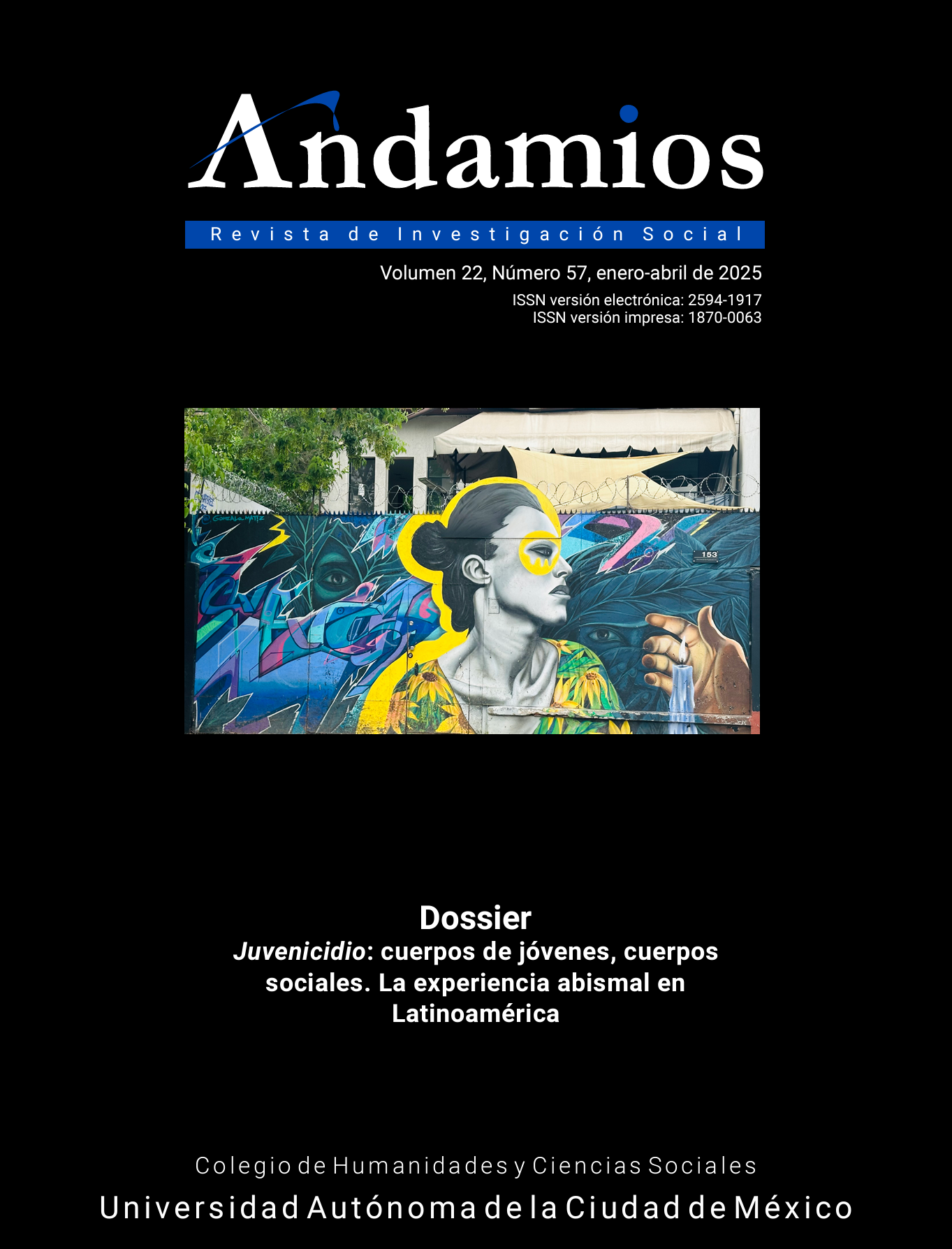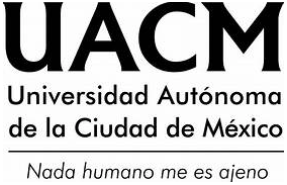Formas y efectos de la estigmatización en las interacciones sociales de personas con discapacidad visual
DOI:
https://doi.org/10.29092/uacm.v22i57.1167Keywords:
Estigma, discapacidad visual, interacciones sociales, cotidianidadAbstract
El presente artículo estudia diversas formas en las que se manifiestan procesos de discriminación en las interacciones sociales cotidianas de personas ciegas y cómo estas formas son percibidas y contestadas. Para ello se propone una lectura renovada de la noción de “estigma” de Erving Goffman (1963) y se informan las reflexiones a partir de un trabajo etnográfico con personas con discapacidad visual en la ciudad de Cuenca-Ecuador llevado a cabo entre el año 2013 y 2020. En la indagación de las formas en que se expresa el estigma y se modulan las respuestas a este, se encontraron cinco manifestaciones: el miedo y el enmascaramiento por parte de personas con discapacidad visual; y la simplificación, la indiferencia y la conmiseración por parte de sus interlocutores. Se argumenta que esta tipología opera de manera integrada y que sus efectos en la vida de personas ciegas son perniciosos en cuanto contribuyen a la construcción de estereotipos, la disminución de expectativas y posibilidades de plenitud individual, y la proliferación de formas de aislamiento y exclusión; pero también suponen una oportunidad de reivindicación social y agencia individual.
Downloads
Published
Issue
Section
License
This Journal is licensed under Creative Commons Mexico 2.5. It is allowed to reproduce and disseminate the contents of the Journal for educational or research purposes, not for profit, as long as they are not mutilated and cite the source (Andamios, Revista de Investigación Social) and the author.
The copyright of the articles published in Andamios, Revista de Investigación Social are transferred by the author(s) to Universidad Autónoma de la Ciudad de México when the originals have been accepted, so that they are published and distributed both in the printed and electronic versions of the Journal. However, as established by law, the author(s) retains their moral rights. The author(s) will receive a form of assignment of copyright that they must to sign when their original has been accepted. In the case of collective articles, the signature of one of the authors will suffice, provided that the latter has obtained the consent of the others.
Authors may use the material of their article in other works or books published by themselves, with the condition of quoting Andamios as the original source of the texts.
The articles contained in this publication are the responsibility of their authors and do not compromise the official position of Andamios, Revista de Investigación Social of the Universidad Autónoma de la Ciudad de México.


